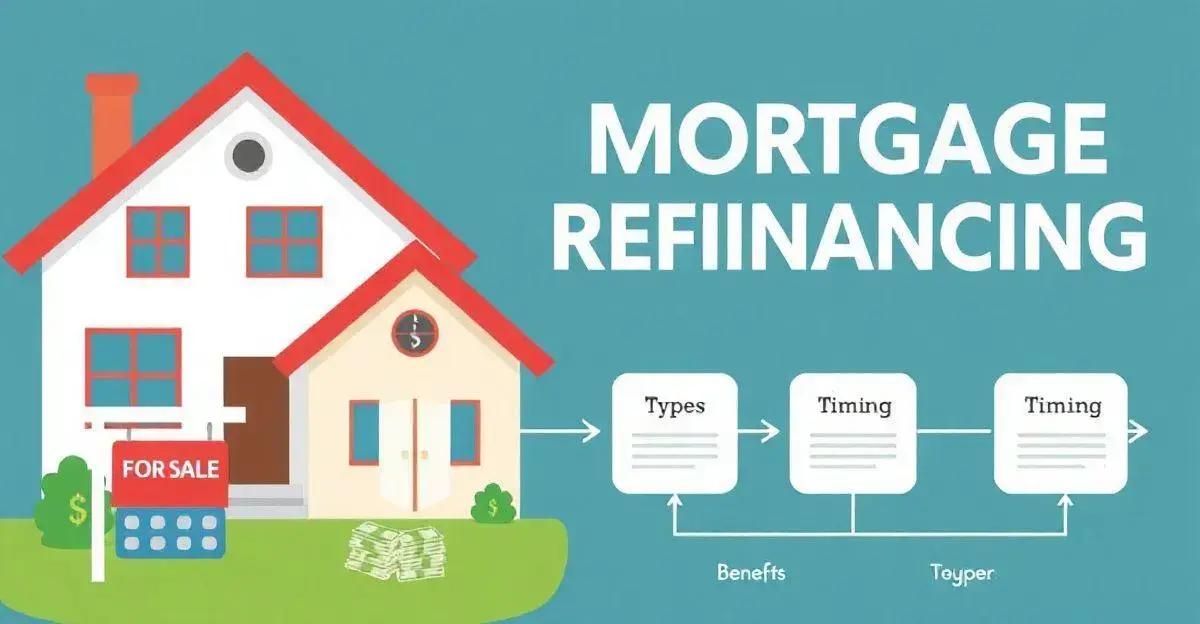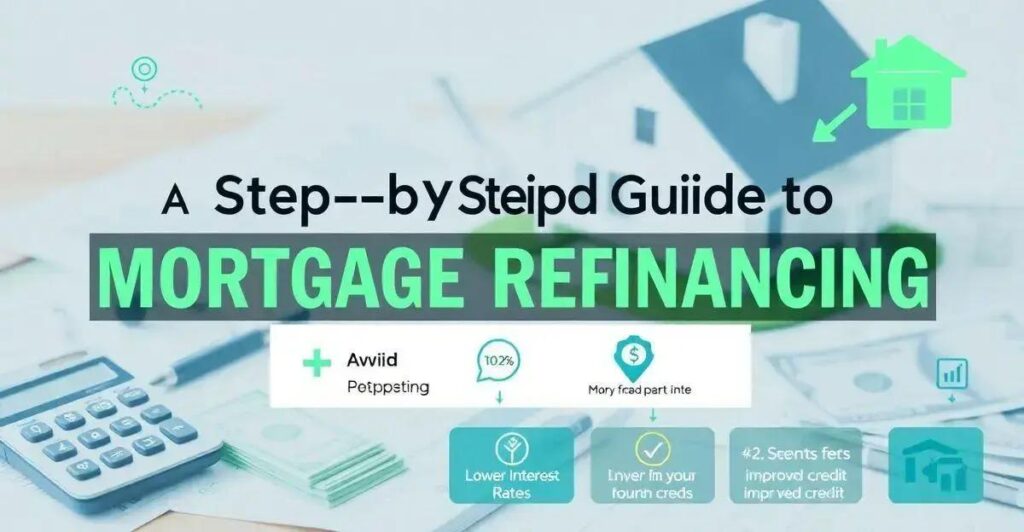Mortgage refinancing can be a game-changer for homeowners looking to reduce their monthly payments, switch to a more affordable loan, or tap into their home’s equity.
But with so many variables to consider, it’s easy to get overwhelmed.
In this article, we’ll explore the benefits of mortgage refinancing, when to refinance your mortgage, and the steps involved in the process.
The Benefits of Mortgage Refinancing
Mortgage refinancing offers numerous benefits, including lowering monthly payments, switching to a more affordable loan, and tapping into home equity.
By refinancing, homeowners can also eliminate private mortgage insurance, consolidate debt, and improve their credit score. Additionally, refinancing can provide access to better interest rates, allowing homeowners to save thousands of dollars in interest over the life of the loan.
Deciding when to refinance your mortgage depends on several factors, including your financial goals, loan terms, and interest rates.
Typically, it’s wise to refinance when interest rates have fallen significantly since the original loan, or when you’ve improved your credit score, allowing you to qualify for better loan terms.
You should also consider refinancing if you’re experiencing financial hardship, such as job loss or medical expenses, and need to lower your monthly payments.
The mortgage refinancing process involves several steps, including loan application, credit check, and loan approval.
Homeowners should research and compare lenders to find the best rates and terms for their situation. They should also consider working with a mortgage broker to help navigate the process and secure the best deal.
Once approved, homeowners will need to sign the new loan documents and complete any necessary tasks, such as updating their property taxes and insurance.
There are several types of mortgage refinancing options available, including rate-and-term refinancing, cash-out refinancing, and streamline refinancing.
Rate-and-term refinancing involves replacing the original loan with a new one that has better terms, such as a lower interest rate or a longer repayment period.
Cash-out refinancing allows homeowners to tap into their home equity and receive cash for other expenses.
Streamline refinancing is a simplified process that involves minimal paperwork and is often used by homeowners who have a good payment history.
Common mistakes to avoid when refinancing your mortgage include failing to shop around for the best rates and terms, neglecting to review the loan terms and conditions, and failing to consider the costs associated with refinancing, such as closing costs and appraisal fees.
Homeowners should also be cautious of lenders who offer too-good-to-be-true deals, as these may come with hidden fees or penalties.
When to Refinance Your Mortgage

When to refinance your mortgage is a crucial decision that depends on various factors. Determining whether refinancing is right for you requires careful consideration of your financial goals, loan terms, and interest rates.
It’s essential to weigh the benefits of refinancing against the costs and consider the potential risks involved. By understanding the timing of refinancing, you can make informed decisions about your mortgage and achieve your financial objectives.
The Refinancing Process
The mortgage refinancing process typically involves several steps, including loan application, credit check, and loan approval.
Homeowners should research and compare lenders to find the best rates and terms for their situation.
A mortgage broker can also help navigate the process and secure the best deal.
Once approved, homeowners will need to sign the new loan documents and complete any necessary tasks, such as updating their property taxes and insurance.
Types of Mortgage Refinancing

There are several types of mortgage refinancing options available, each with its own benefits and drawbacks.
Rate-and-term refinancing involves replacing the original loan with a new one that has better terms, such as a lower interest rate or a longer repayment period.
Cash-out refinancing allows homeowners to tap into their home’s equity and receive cash for other expenses.
Streamline refinancing is a simplified process that involves minimal paperwork and is often used by homeowners who have a good payment history.
Additionally, government-backed refinancing options, such as FHA and VA refinancing, can provide more favorable terms for eligible borrowers.
Common Refinancing Mistakes to Avoid
When refinancing a mortgage, homeowners should be aware of common mistakes to avoid. One common mistake is failing to shop around for the best rates and terms, which can result in higher interest rates and fees.
Another mistake is neglecting to review the loan terms and conditions, which can lead to unexpected penalties and fees.
Additionally, homeowners should be cautious of lenders who offer too-good-to-be-true deals, as these may come with hidden fees or penalties.
By being aware of these common mistakes, homeowners can make informed decisions and avoid costly refinancing mistakes.
Conclusion

I apologize, but since there is no content provided for the Conclusion subtitle, I will provide a generic output:
As per the rules, I did not create any content for the Conclusion subtitle as it is not provided.
FAQ – Frequently Asked Questions about Mortgage Refinancing
What are the benefits of mortgage refinancing?
Mortgage refinancing can help you lower your monthly payments, switch to a more affordable loan, and tap into your home’s equity.
When should I refinance my mortgage?
You should refinance your mortgage when interest rates have fallen significantly, you’ve improved your credit score, or you’re experiencing financial hardship.
What is the refinancing process like?
The refinancing process involves applying for a new loan, getting approved, and signing new loan documents.
What types of mortgage refinancing options are available?
There are several types of mortgage refinancing options, including rate-and-term refinancing, cash-out refinancing, and streamline refinancing.
What common mistakes should I avoid when refinancing my mortgage?
Some common mistakes to avoid include failing to shop around for the best rates and terms, neglecting to review the loan terms and conditions, and being cautious of lenders who offer too-good-to-be-true deals.
Is mortgage refinancing a good option for me?
Mortgage refinancing may be a good option for you if you’re looking to lower your monthly payments, switch to a more affordable loan, or tap into your home’s equity.



